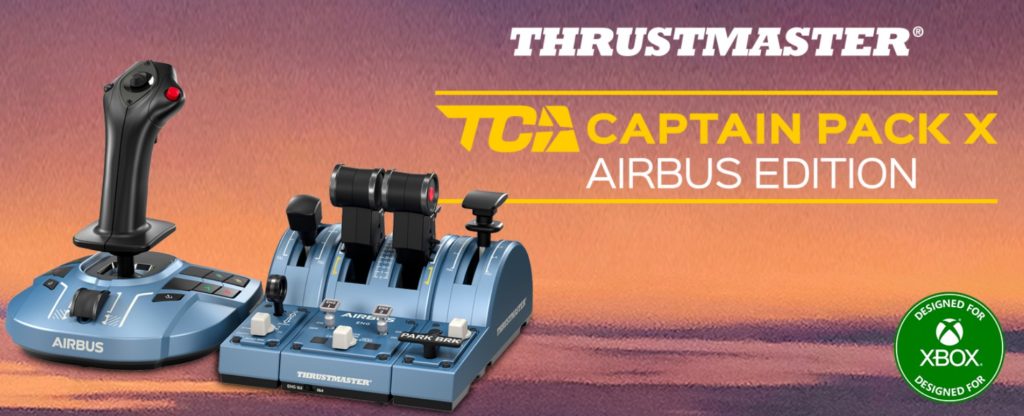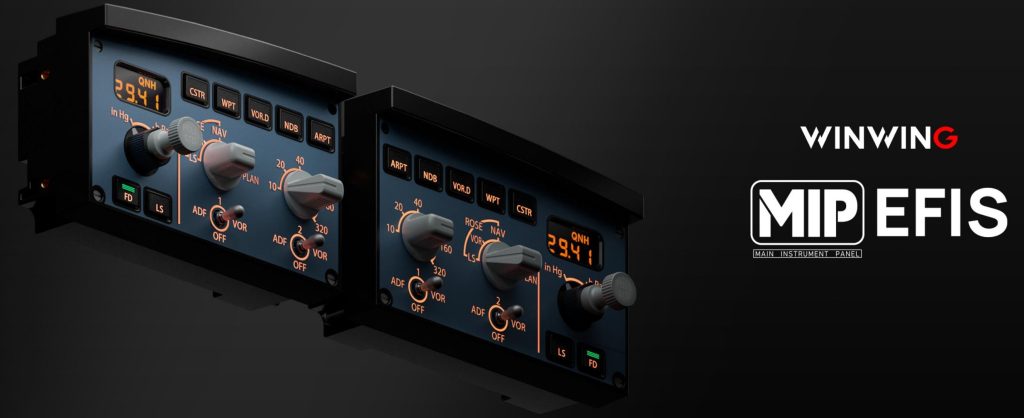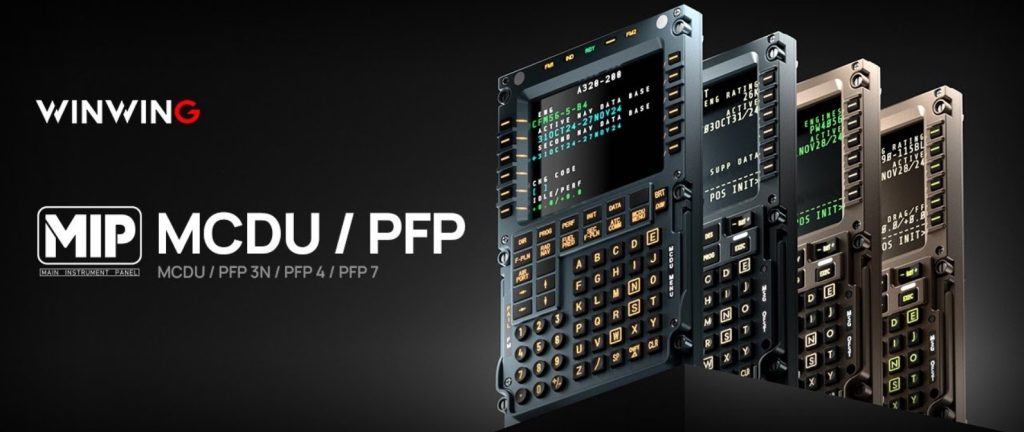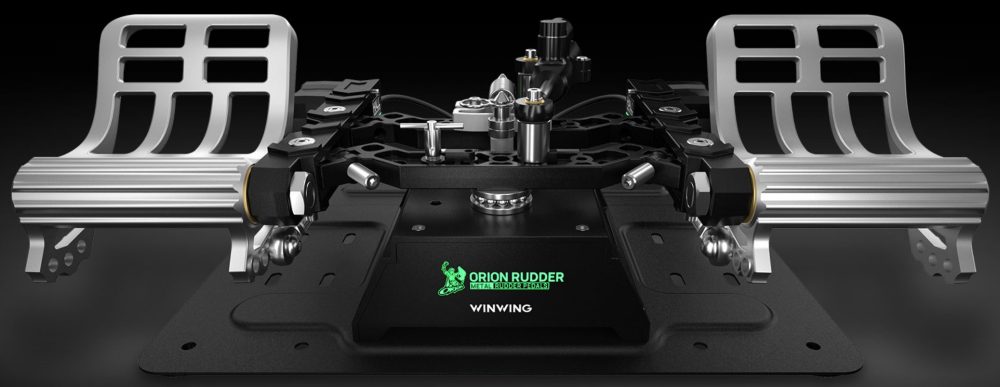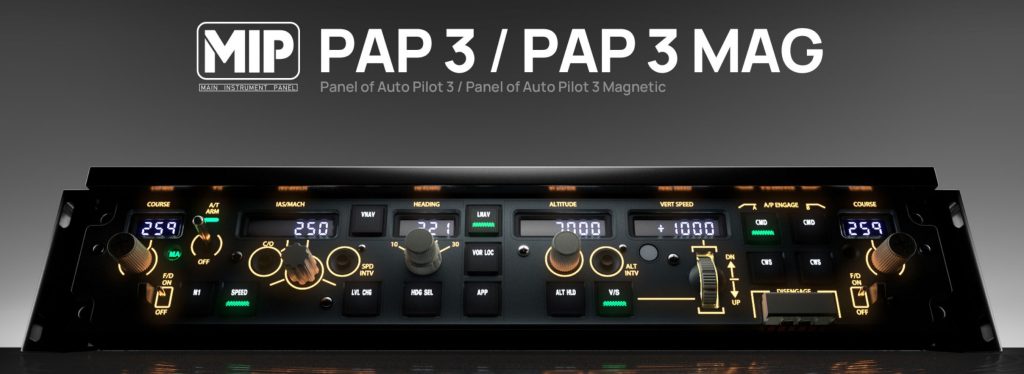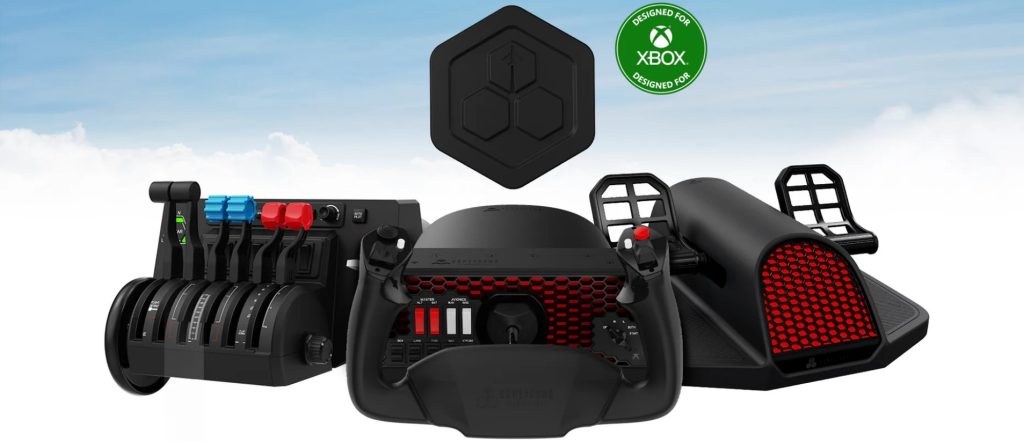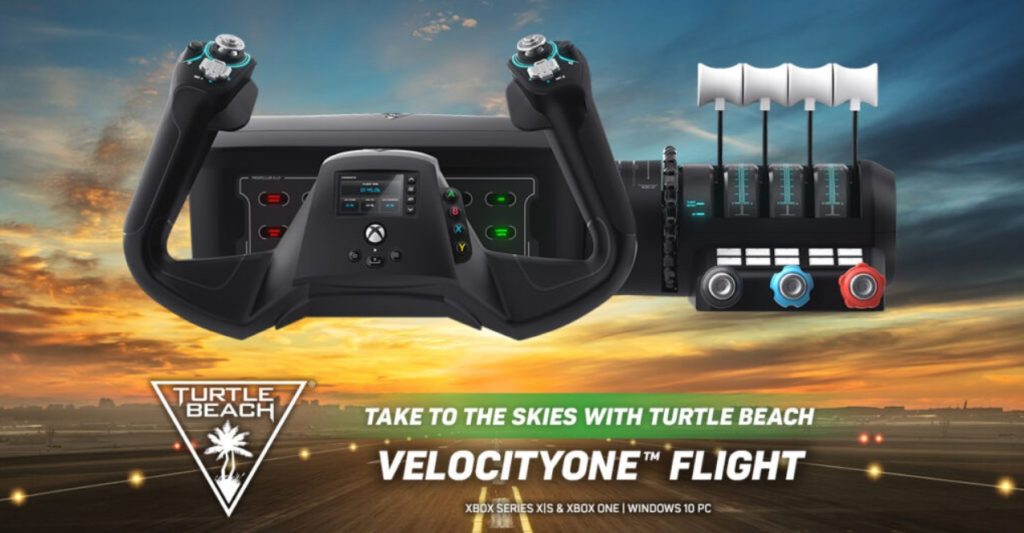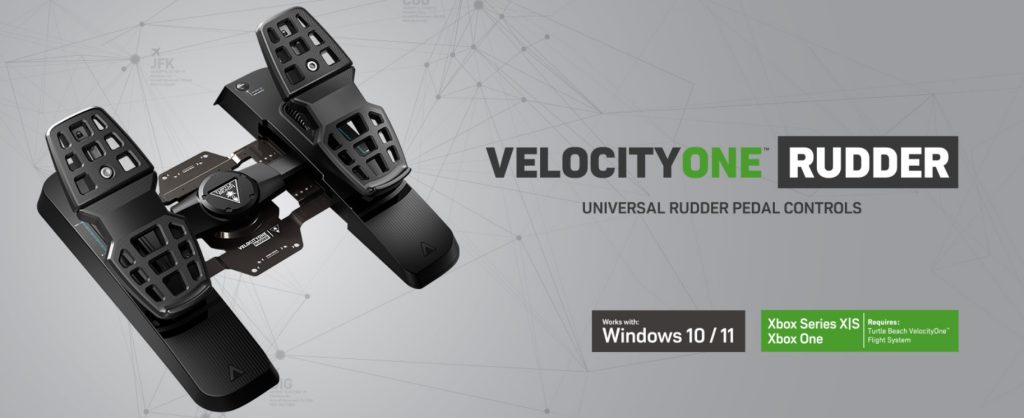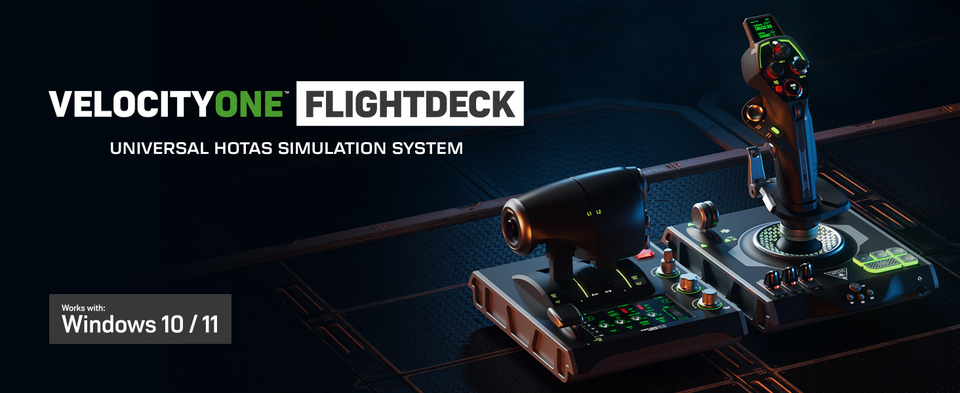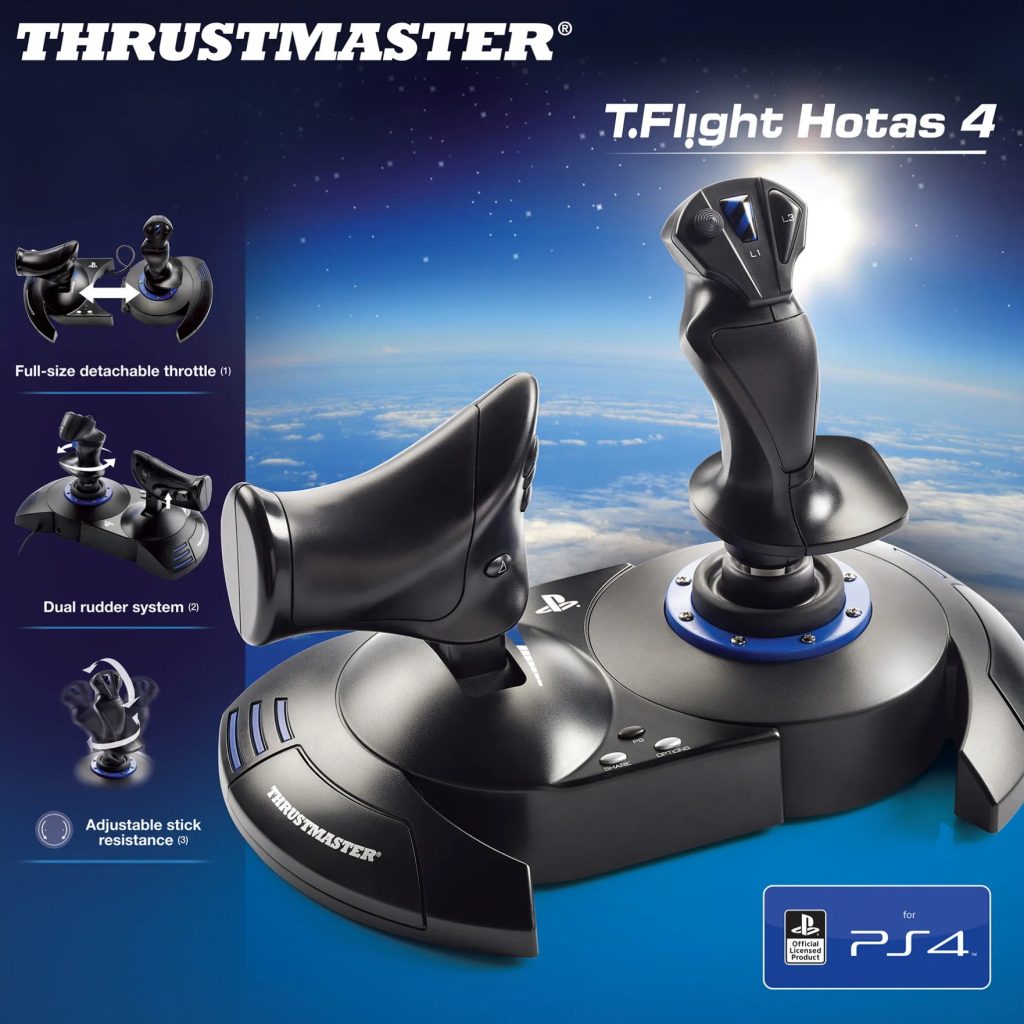This is written in the voice of a real-world pilot evaluating the Thrustmaster TCA Yoke Pack Boeing Edition Flight Stick & Quadrant Bundle for home sim use. Expect references to procedures, cockpit workflows, and how the hardware maps to real-world tasks. I’ll judge it on three axes pilots care about: control feel & feedback, ergonomics & build, and system integration & reliability.
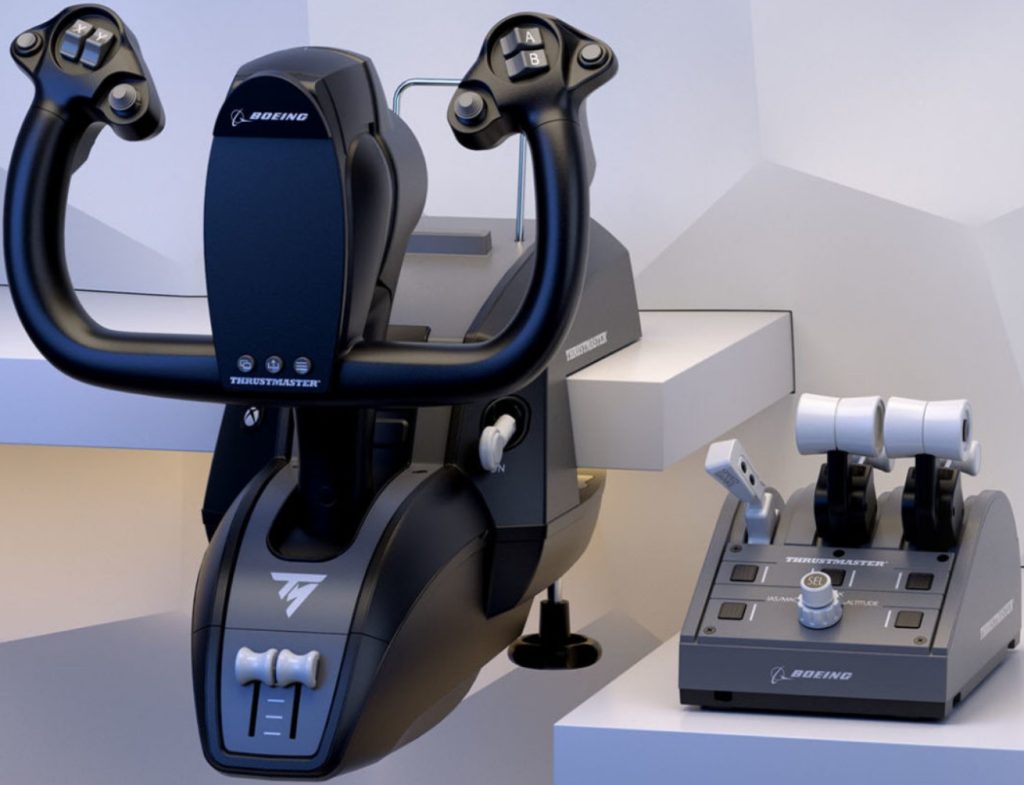

First impressions & build quality
Out of the box the yoke and quadrant look the part. The Boeing aesthetic theme is tasteful — beige/yellowish accents, the Boeing-style yoke hub, large trim wheel — so when you place it on a desk it immediately reads “airliner” instead of “gamer joystick.” Thrustmaster has used a mix of metal and dense plastic; the yoke shaft and quadrant levers have solid heft, while some surfaces (yoke handle, base) are plastic with textured finishes. Overall it feels robust enough for frequent use, but it’s not the same mass or dampening you’d find in an actual flight control column.
Mounting options are flexible: the clamp is secure on a typical desk and the optional bolt-through mounting points let you fix the units to dedicated flight desks. The quadrant’s base is pleasantly heavy, so the levers stay put even during enthusiastic throttle advances. Small gripe: the encoder wheel for trim, while nicely sized, lacks the inertial feel of a real airplane trim wheel — it’s precise but a little too frictionless.
Yoke feel & control fidelity
For a yoke that uses potentiometers and internal sensors (rather than force feedback hydraulics), the TCA does a remarkable job of emulating the control input range and responsiveness you need for approach and cruise work.
The control throw is realistic — enough lateral travel for coordinated turns and the pitch axis gives fine elevator authority for small trim inputs. The mechanical detents are minimal, which is good: you want smooth, continuous control for precise pitch control during final approach. The yoke’s centering is firm; it returns to neutral predictably which helps when hand-flying in IMC or during go-arounds where precise pitch control is critical.
Where it departs from real life is force gradients. In an airliner, control feel changes with airspeed and feedback from aerodynamic loads; the TCA can’t simulate that. The result is a constant, linear feel that requires you to manage “virtual” control forces with technique rather than relying on tactile cues. In practice this means you’ll lean more on the flight director and speed cues than on what your hands tell you — not a shortcoming of the hardware so much as a limitation of desktop sims in general.
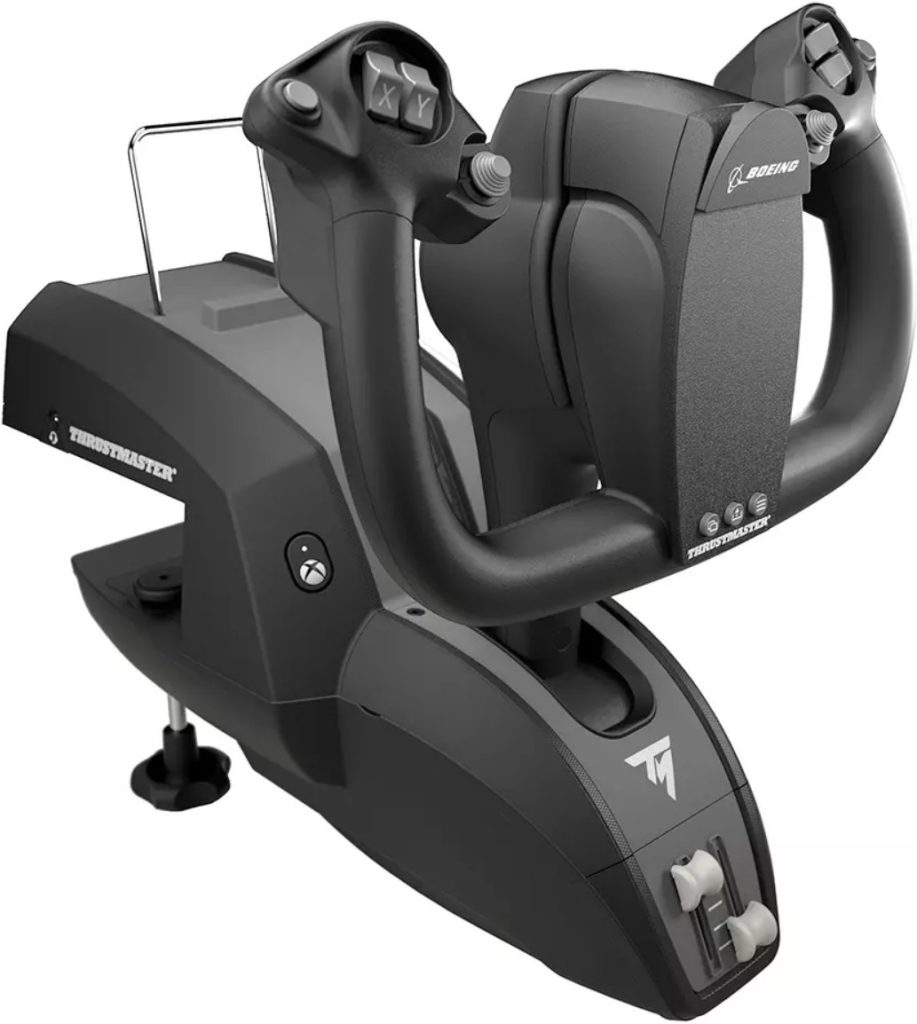

The button layout on the yoke is well considered: AP disconnect, trim cutout, push-to-talk, and an easily reachable hat switch for view/look control. Thrustmaster mapped these with pilots’ workflows in mind — the AP disconnect is located where your thumb naturally rests, which is excellent for quick hand-flying corrections.
Quadrant & throttle quadrant ergonomics
The quadrant is where this bundle shines for airline simmers. It’s a three-lever quadrant (throttle, prop/unused, and condition lever), but the feel of the throttle levers is smooth and progressive with clear detents. The levers slide on a metal rail and the resistance is enough that you rarely worry about accidental reversals or slips.
The included levers and detents make it easy to reproduce engine-power settings, from idle to climb thrust. The detents for T/O and TOGA (when you set them in software) are positive — you can feel them and program them as distinct events in the sim. The flap/quadrant/gear interactions are intuitive to map to physical switches and levers in your cockpit profile.
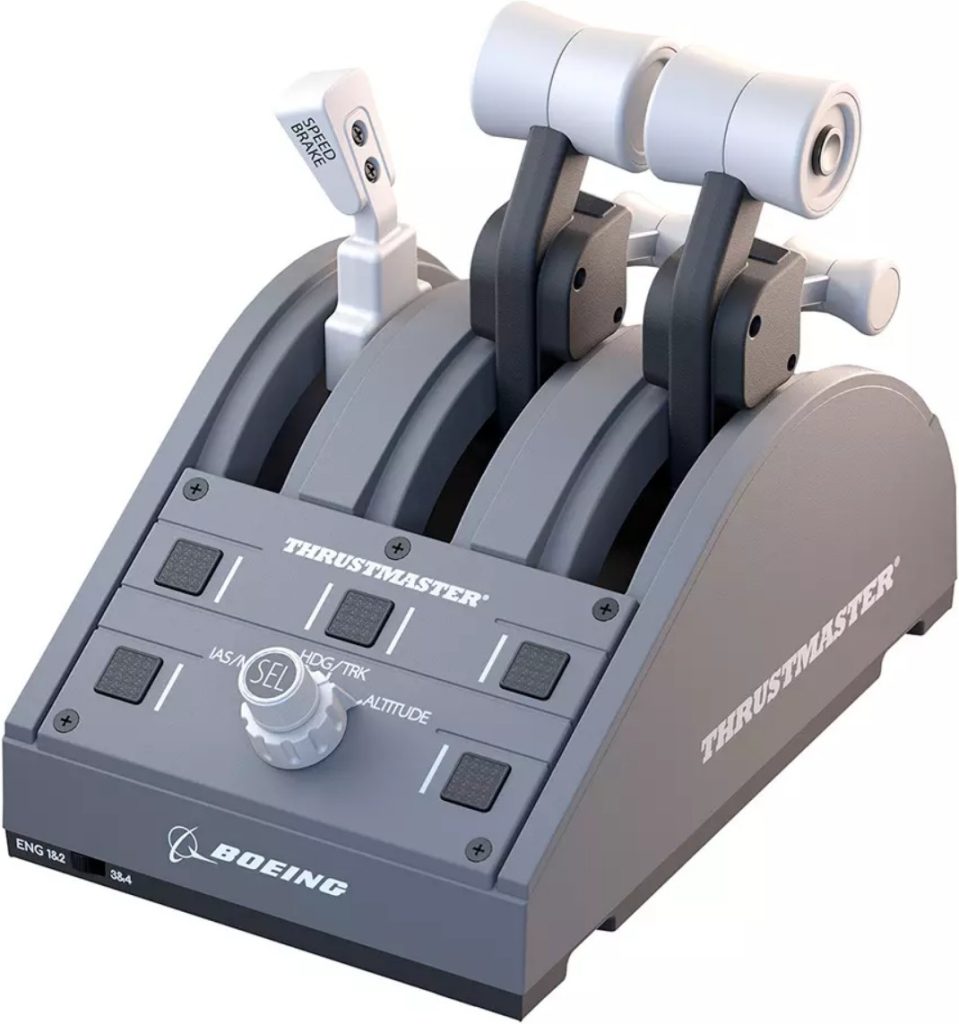

Calibration, software & integration
Setup is straightforward. The unit is plug-and-play for most sims, with Thrustmaster providing driver software and a calibration utility. The axes are linear and respond predictably after calibration. You’ll want to spend time in your sim’s control menu to adjust deadzones and curve profiles — once that’s dialed in, the yoke/quadrant behaves with satisfying precision.
If you fly MSFS, or X-Plane 12, profiles are relatively simple to create. The programmable buttons and encoder mappings allow you to bind autopilot functions, flap handles, trim, spoilers, and more. Thrustmaster’s software allows for profile management and button remapping, letting you create airline-style setups (e.g., mapping the quadrant lever detents to TOGA, climb, and idle).
A practical tip from a pilot’s workflow: map AP disconnect to the yoke button and keep the auto-throttle engage mapping assigned to the quadrant where you can reach them while manipulating the throttles.
Real-world pilot perspective: procedures & use cases
From a procedural standpoint, the TCA Pack supports the kind of hand-flying and SOP (standard operating procedure) flows a real-world pilot appreciates. During takeoff you can smoothly advance the throttles, hit the detent for takeoff thrust, then reduce to climb power after gear-up — the quadrant detents and slim, predictable travel make these actions feel routine.

On approach, the yoke allows for stable control of attitude and the trim wheel enables quick pitch changes without hunting. If you’re practicing ILS captures or hand-flying single-pilot IFR approaches, the tactile grouping of controls makes it straightforward to maintain scan and control inputs similar to the real cockpit flow. It’s a good training aid for procedural practice, even though it won’t replace motion or true control forces.
Durability & daily use
After heavy sessions the components hold up well. The yoke’s internal build uses gears and bearings that feel solid; there’s minimal slop after months of simulated flights. The quadrant’s levers glide smoothly and springs return the levers predictably. For a home sim piece that will see daily use, this package seems built to last — just avoid the temptation to yank on controls the way you would on a full-motion sim.
Maintenance is minimal: keep the rails clean and avoid food or drink near the unit. If you intend to bolt it to a cockpit frame, the metal mounting points stand up well to repeated installations.
What it doesn’t do (and what to expect)
Be realistic: this unit will not recreate control loading, servo feel, or the muscular feedback of a real yoke. There is no force feedback or hydraulic resistance. If you’re expecting to feel the pitching moment of an approach stall or the buffet of high alpha, you’ll be disappointed. Instead, think of the TCA Pack as a high-quality, ergonomically faithful interface that lets your eyes/instruments and brain do the heavy lifting.
Also, while the Boeing styling is convincing, it’s still a desktop replica. Instrument panels, annunciators, and overhead systems require separate peripherals if you want a full-fidelity flight deck.

Pros & cons — pilot’s checklist
Pros
- Excellent ergonomics for airline procedures: yoke and quadrant feel logical to use.
- Attractive Boeing styling and thoughtful button placement for SOPs.
- Smooth throttle travel with usable detents for realistic power management.
- Robust mounting options; quadrant base gives good stability.
- Good value for the quality and features included.
Cons
- No force feedback — linear feel lacks aerodynamic load variation.
- Some plastic surfaces could be more premium; trim wheel resistance lighter than a real one.
- Not a full cockpit substitute — requires additional peripherals for full realism.

Who should buy it?
If you’re a simmer who prefers hand-flying airliners, loves the tactile feel of quadrant detents, and wants a yoke that looks and behaves like a transport control, this package is for you. It’s also a strong choice for pilots who want to practice procedures at home — FMC inputs aside, the physical act of managing power, trim, and pitch closely mimics real workflows.
If your priority is ultra-high fidelity force feedback or you have plans to reproduce a full flight deck with hydraulics and motion, look toward higher-end, specialist gear. But for most home setups the Thrustmaster TCA Yoke Pack hits the sweet spot of realism, ergonomics, and affordability.
Final thoughts
As someone writing from a pilot’s perspective, I appreciate hardware that respects cockpit logic — where controls are placed where your hands expect them, where detents and grips support procedure-based flying, and where the device doesn’t fight the rhythm of an approach or departure. The TCA Yoke Pack does all of that. It won’t fool a flight engineer into thinking they’re at the airplane controls, but it will make you feel like you’re conducting airline SOPs from your desk with a sincerity that’s rare in consumer-grade hardware.


If you’re building a flight sim rig aimed at realistic airline operation — flying departures, managing climb profiles, hand-flying approaches and go-arounds — this pack is a very strong foundation. It looks the part, handles the part well, and knows when to be precise rather than theatrical. A solid buy for the methodical simmer who wants to practice real-world flying procedures without selling a kidney.

